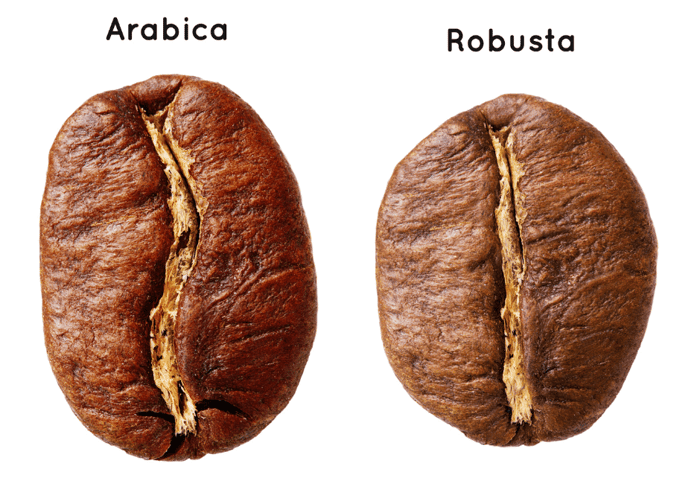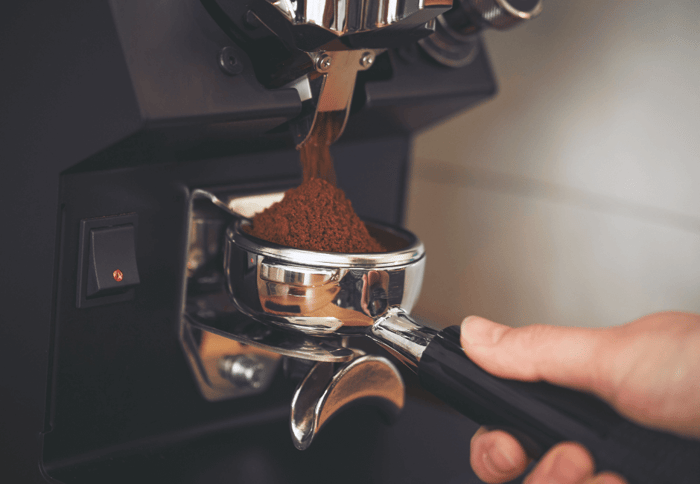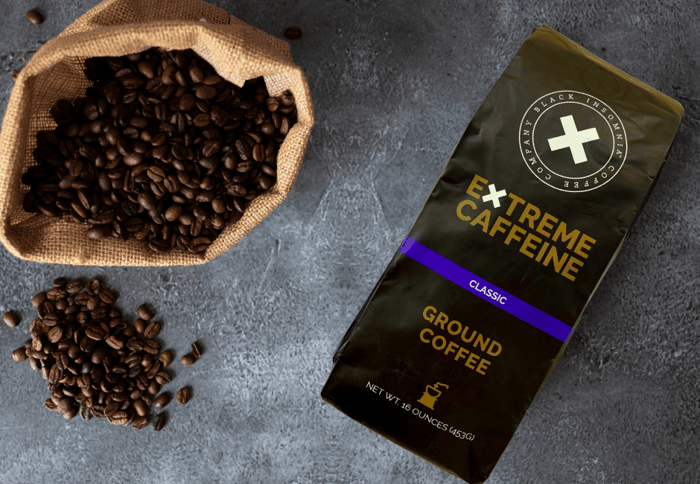While most of us are at least somewhat familiar with Arabica and Robusta coffee beans, which make up the vast majority of the commercial market, there are actually many other coffee species out there.
In fact, there are over 120 different species of coffee plants that have been identified. As late as 2009, scientists identified and named 7 new species of coffee found in the mountains in northern Madagascar.
The vast majority of commercial coffees are made with Arabica beans (Coffea arabica), which account for (very) roughly 60% - 80% of the world’s coffee production. Robusta beans (Coffea canephora) make up most of the rest, with Liberica beans (Coffea liberica) coming in a distant third at less than 1.5%. (Peaberry isn't a species of coffee, but rather a type of coffee bean that results from a natural mutation within coffee species.)
So why don't we see more of these other coffee species on the market?
Reason #1: Difficulty Farming
For one thing, many of them are quite difficult to grow. They may produce lower yields than Arabica or Robusta plants, or they may be more susceptible to pests and diseases. Or they may be more difficult to process for one reason or another.
There are also many "wild" coffee species that have never been domesticated, and are thus not ready for commercial production. With two perfectly good beans (Arabica and Robusta) already domesticated, there's not a whole lot of incentive for growers to experiment with more obscure species. Not that it doesn't happen; they're just not as practical or economical to grow on a large scale.
Reason #2: Different Taste
And then, there's the simple fact that most of us humans just haven't developed a taste for them. The coffee we drink every day is a product of centuries of breeding and selection, and the beans that have made it to our cups are the ones that people have liked the best.
Reason #3: Less Caffeine
Ah, yes. Caffeine. For many of us, that's the bottom line when it comes to coffee.
Take the two most popular commercial coffee beans: Arabica and Robusta. These two beans have quite different profiles when it comes to caffeine content.
Robusta beans have a significantly higher caffeine content than Arabica beans—hence that name—but believe it or not, some of these lesser-known coffee species contain little to no caffeine at all.
Much like with tea and cacao, caffeine production developed as a means to protect the coffee plant’s beans from being eaten by animals. The higher the caffeine content, the less likely animals are to eat the beans—especially insects, which typically either avoid it or are killed by it.
But some of these coffee species survived and thrived in environments where there were less predators (or at least different types of predators) to worry about. And as a result, they were less likely to develop the same high levels of caffeine we find in Robusta and Arabica beans.
So as if coffee growers/producers needed yet another reason not to bother with these other coffee species, now we know that many of them don't even have the same caffeine content as our beloved Arabica and Robusta beans.
Final Thoughts
Hey, who knows? With the rise of specialty coffees, more and more people are becoming open to trying (and selling) new types of coffee. And perhaps some of these more obscure coffee varieties have some unique properties that could make them worth our while after all.
For example, Excelsa coffee (a variety of Liberica) has a relatively insignificant presence in the global market, but is able to be grown at lower altitudes, which could be a boon for farmers in regions where the most popular coffee species struggle. (Unfortunately, it's also more difficult to manage as a crop, requires extensive care compared to other species, and is more difficult to harvest).
But maybe—one day—we'll find ourselves all sipping on coffee made from beans that come from a plant that was only discovered a few years ago.
Perhaps we haven't even tasted the best coffee beans out there yet. Hard to believe when we've already got Robusta and Arabica beans, right?
But hey, stranger things have happened. If someone had told you even 20 years ago that Starbucks would be charging $8 for a cup of coffee, you probably would have laughed in their face. So who's to say what the future of coffee holds?







